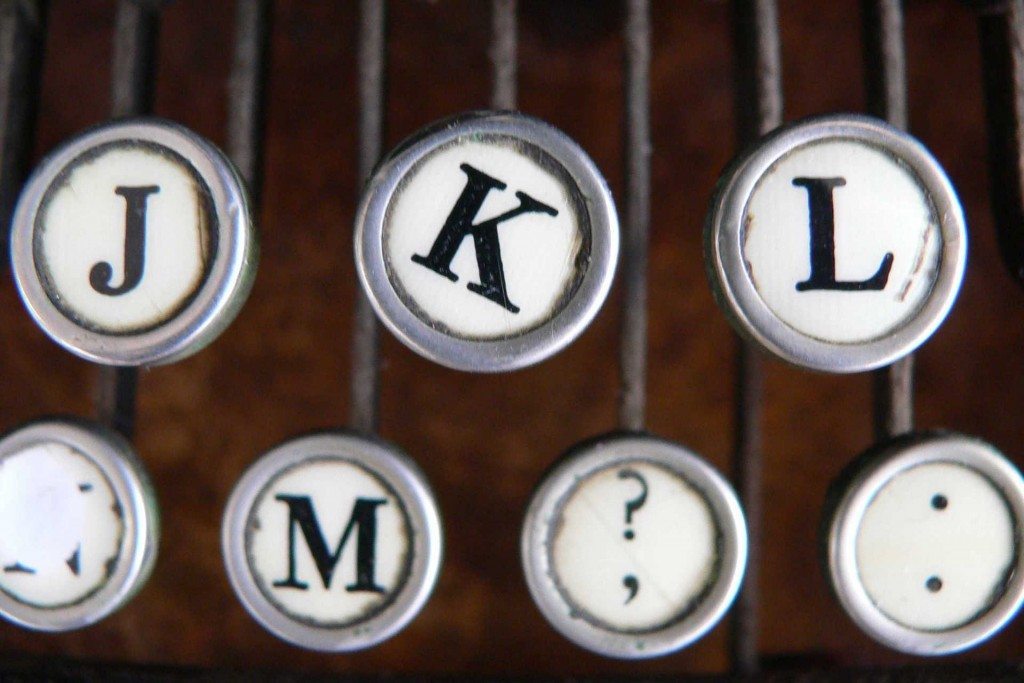I understand. It’s terribly easy to forget all those tricky grammar rules you learned back in school.
In fact, there are so many of them, even good writers can have difficulty keeping track of where things belong, or when to use this or that.
I can’t speak for everyone, but I know the ones that confuse me most are the rules surrounding punctuation.
Now wait a minute. Before you start telling me you already know where to put a period, there’s more to it than just that.
How about punctuating quotations? Questions within questions?
You can try to memorize the rules. Or, if you’d rather not, you can redefine your thinking instead.
Here are 3 rules you’ll encounter, and easier ways to remember them based on information you already know:
Stop Thinking: Punctuation needs to be placed inside quotation marks.
This sounds easy enough, but people tend to forget whether the rule is ‘inside’ or ‘outside,’ when they don’t understand the reasoning behind it.
Also, there is an exception to this rule.
Start Thinking: I know all sentences need appropriate punctuation.
You know all sentences need appropriate punctuation.
You know quotations are merely spoken sentences.
Therefore, quoted statements and questions still need a period, question mark, exclamation or comma, before they end. So, when someone is speaking, punctuation is placed inside quotation marks.
- Incorrect: The English teacher said, “Please use appropriate punctuation”.
- Incorrect: “Please use appropriate punctuation”, the English teacher said.
- Correct: The English teacher said, “Please use appropriate punctuation.”
- Correct: “Please use appropriate punctuation,” the English teacher said.
Stop Thinking: Where there is a quoted question within a question, only one question mark is used. It is placed inside the quotation marks.
This one is confusing because people sometimes wonder if they need to punctuate both questions.
Start Thinking: I’ve never seen a sentence that ended with two question marks.
Well, I certainly hope you’ve never seen two question marks in the same sentence. This is simple logic, and it still follows the original rule of placing punctuation inside quotation marks.
- Incorrect: Did you hear the teacher say, “Isn’t grammar fun?”?
- Incorrect: Did you hear the teacher say, “Isn’t grammar fun”?
- Correct: Did you hear the teacher say, “Isn’t grammar fun?”
“Isn’t grammar fun?” needs a question mark because it is a question, and since it already appears at the end of the sentence, a second question mark isn’t needed to complete “Did you hear…?”
Stop Thinking: If a sentence is a question, but it contains quoted material which isn’t a question, the question mark lies outside the quotation marks.
Here’s where it all gets really complicated, because this is the exception to the rule of punctuating inside quotations marks. Exceptions tend to throw people off.
Start Thinking: I know all questions end with question marks.
If you place the question mark inside a quotation that is not a question, then your question doesn’t get its appropriate punctuation.
- Incorrect: Haven’t you heard, “A watched pot never boils?”
- Correct: Haven’t you heard, “A watched pot never boils”?
“A watched pot never boils” isn’t a question, so it doesn’t need a question mark. “Haven’t you heard … ?” is a question, so it does need a question mark.
Use Your Common Sense
There are umpteen grammar rules out there, and none of us can remember all of them without the occasional (or more-than-occasional) refresher.
Obviously, not all of these rules can be broken down into common sense, but I believe the former three can. I hope the ways in which I’ve rearranged them has been helpful to you.
Then again, you might have your own unique ways of remembering certain grammar rules. If so, please share them with us.
